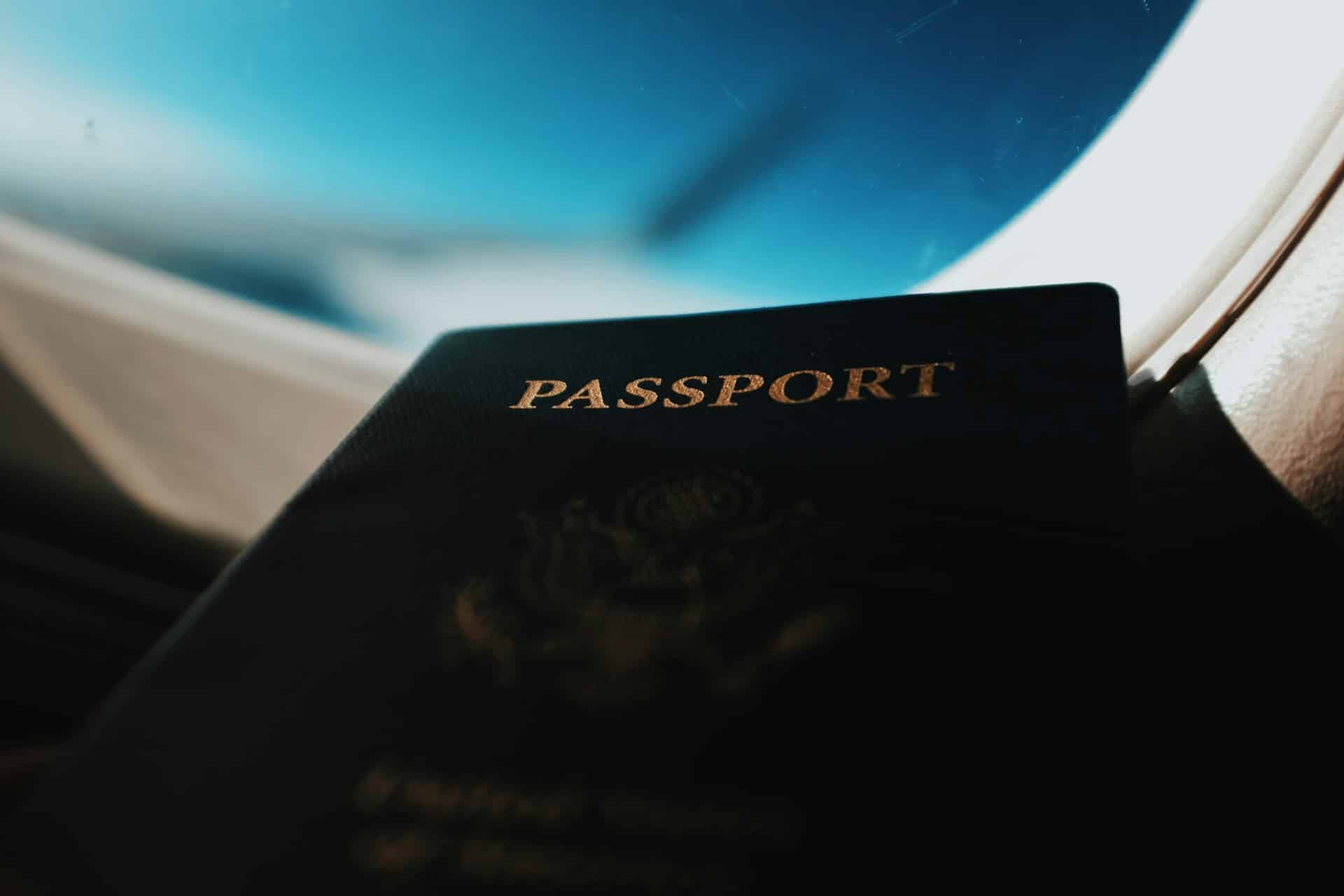Here’s the translation of your text into American English:
The National Identity Document (DNI) or passport is one of the most sensitive pieces of a citizen’s digital identity. However, in the age of digitization, sharing this document online has become a common practice for transactions such as rentals, bookings, or registrations on digital platforms. Despite its apparent normality, this action carries serious security risks if proper measures are not taken.

The Dangers of Sharing Your DNI Online
Sharing your DNI without proper precautions can open the door to various cybersecurity risks, including:
- Identity Theft: Cybercriminals can use copies of your DNI to open bank accounts, apply for loans, hire services, or even commit fraud in the victim’s name.
- Opening Accounts at Betting Houses and Illegal Platforms: With just a photo of the document, an attacker can register for online services and use them without the owner’s consent.
- Rental and Booking Fraud: Some scammers post fake rental advertisements, ask victims to send their DNI as part of the process, and then use it for further scams.
- Unauthorized Access to Services: Some digital platforms verify user identity through the DNI, which allows a third party to access information or services in the victim’s name.
- Sale on the Dark Web: There are markets on the deep web where stolen identity documents are sold for various illegal activities.
Best Practices for Sending Identity Documents Securely
To minimize these risks, cybersecurity experts recommend adopting preventive measures before sharing any personal document online:
1. Verify the Legitimacy of the Recipient
Before sending your DNI, it is essential to ensure that the entity or person requesting it is trustworthy. To do this, verify the website, read reviews from other users, and confirm that the request is legitimate.
2. Avoid Sharing the Document on Unsecure Channels
Applications such as WhatsApp, email, or social media are not the best means for sending sensitive documents, as they can be easily intercepted. Instead, it is preferable to use platforms with end-to-end encryption or cloud storage services with access protection.
3. Use Smart Watermarks
One of the most effective ways to prevent misuse of the DNI is to apply custom watermarks. Tools like SaferLayer allow you to add text to the document with information such as the purpose of sending it and the date, making it difficult to reuse for fraudulent purposes.
4. Encrypt the File Before Sending
In case it is absolutely necessary to share the document, it is recommended to encrypt it with a password before sending it. This way, only the person who has the key can access the content.
5. Limit Visible Information
If the request allows, it is advisable to hide sensitive data in the document, such as the serial number or digital signature, leaving only essential information visible.
6. Delete the Document Once Used
Both the sender and the recipient should ensure that they delete the file once the procedure has been completed, thereby reducing the risk of future exposure.
SaferLayer: A Simple Solution to Protect Your Identity
To facilitate the protection of personal documents, SaferLayer offers a free tool that allows you to add smart watermarks to identity documents without compromising their security. Unlike other solutions, SaferLayer does not store files on servers but processes them directly in the user’s browser, avoiding any risk of leaks.
Carlos Sánchez, co-founder of SaferLayer, emphasizes the importance of this measure:
“We knew that the key to gaining users’ trust in the tool was to ensure that the document never leaves their device. With SaferLayer, all processing is done in the browser, ensuring that files are not accessible to third parties.”
Moreover, the tool is fully functional without an internet connection, which enhances its security.
“You can add SaferLayer to your home screen and activate it even in airplane mode. You’ll see that you can continue using it without problems.”
A Necessary Security Habit in the Digital Age
As the risks of identity theft and fraud grow, protecting identity documents has become a necessity rather than a recommendation. The combination of specialized tools like SaferLayer, best practices, and the use of secure channels can make the difference between secure digital management and an experience vulnerable to cyberattacks.
Before sharing a personal document, it’s wise to ask yourself if all necessary precautions are being taken. Digital security starts with small actions that can prevent major problems.
source: Security News and INCIBE

